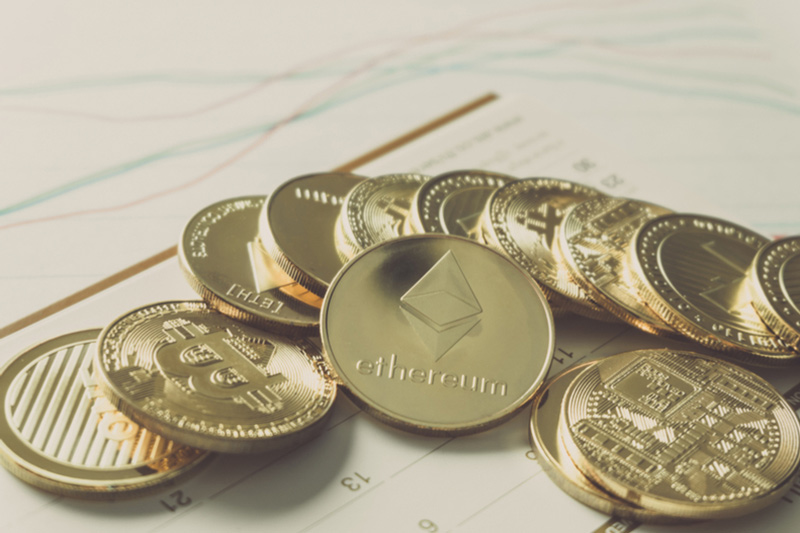
- Five Latin American countries stood out this year in Chainalysis’ ‘2022 Global Cryptocurrency Adoption Index‘.
- The boost in the use of digital assets was catalyzed by high regional inflation, benefits to remittance payments, and the general search for higher financial returns.
- Stablecoins have experienced massive adoption in Venezuela and Argentina, as they are seen to represent havens of value.
Cryptocurrency trading in Latin America grew 40% between July 2021 and June 2022, according to the ‘2022 Global Crypto Adoption Index’ published by blockchain analytics firm Chainalysis.
The 2022 ‘Geography of Cryptocurrency‘ report highlights that the region is the seventh-largest cryptocurrency market in the world. During the study period, residents traded a total of $562 billion worth of cryptocurrency.
Five Latin American countries specifically featured in the top 30 of the ‘Global Crypto Adoption Index‘, with Brazil leading the way in 7th place, followed by Argentina in 13th, Colombia in 15th, Ecuador in 18th, and Mexico in 28th.
According to the Chainalysis study, crypto trading in Latin America has largely been driven by three factors: its use as a store of value; its role in more easily sending remittances; and the search for better returns through portfolio diversification.
Through stablecoins and , Latin Americans are attempting to hedge against rising inflation. In July of this year, the growth in the prices of goods and services in Brazil, Peru, Chile, Mexico, and Colombia exceeded 12%, the highest in 25 years, according to data from the International Monetary Fund.
Venezuela and Argentina’s Swift Stablecoin Adoption
The economic conditions in Venezuela and Argentina are considerably poor. Not only are both countries facing record inflation rates of 114% and 79% respectively, but their currencies have been subject to progressive deterioration against the dollar for several years.
Investors of all sizes in the countries have therefore turned to stable currencies as a safe haven against inflation and the systemic devaluation of their money. A Mastercard (NYSE:) survey released in late June found that at least a third of those surveyed claimed to be making daily purchases with stablecoins.
The Chainalysis study further notes that the payment of remittances through crypto is also on the rise in Latin America, though at different levels.
In Mexico alone, the remittance market is expected to hit $150 billion this year, $51.6 billion of which were made using crypto via Bitso and other exchanges. Many of the families in receipt of these payments belong to the poorest socioeconomic sectors of the population.
El Salvador is another country that regularly utilizes crypto payments for remittances through the government’s Chivo Wallet, which processed $52 million between January and May 2022. However, the fall of Bitcoin and the low use of cryptocurrencies as a payment for services in the country has somewhat discouraged the format.
Brazil has been the most enthusiastic Latin American country in terms of the adoptoion of cryptocurrencies, with crypto exchanges, large banks such as Nubank, and multinational companies like Visa (NYSE:) and Mastercard launching a variety of cryptocurrency trading services for the nation’s retail market in 2022.
On the Flipside
- The Mastercard study revealed that 86% of Latin Americans surveyed are willing to use alternative payment methods such as cryptocurrencies, QR codes, and biometrics, in contrast to the 77% of Americans and 74% of Europeans that indicated the same.
Why You Should Care
- Aside from the Mexican peso and the Brazilian real, Latin American currencies across the board have suffered sharp devaluation against the dollar this year.
- The crumbling economic situation faced in these countries has contributed to the accelerated adoption of cryptocurrencies, and especially stablecoins.
You can read other articles related to this topic in the following links:
Nubank to Launch Its Own Digital Token, Nucoin, in a Strategic Partnership with Polygon
Opinion: Why Doesn’t Bitcoin (BTC) Seem To Fight Well Against Inflation?
See original on DailyCoin
This news is republished from another source. You can check the original article here



